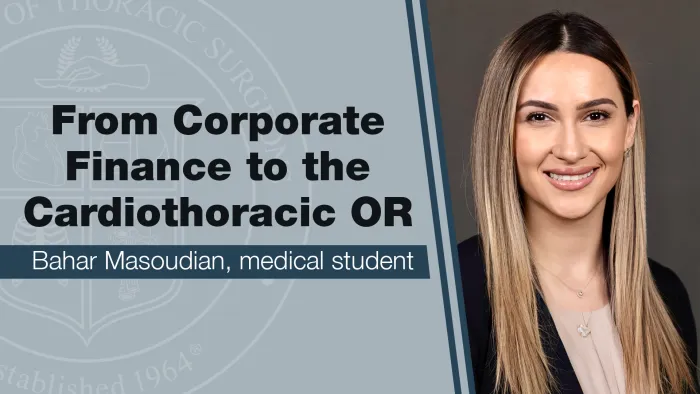It is with sadness that the Society of Thoracic Surgeons shares the news of the passing of Dr. John Benfield, past president of STS (1995-1996), and a distinguished leader in our specialty.
Dr. Benfield was an accomplished thoracic surgeon, educator, and mentor whose contributions have left a lasting impact on cardiothoracic surgery worldwide.
He earned his bachelor’s degree from Columbia University in 1952 and his medical degree from the University of Chicago Pritzker School of Medicine in 1955. He went on to hold senior leadership positions at several major academic institutions, including Professor of Surgery Emeritus at the University of California, Los Angeles (UCLA).
During his term as STS President, Dr. Benfield championed many initiatives that shaped the Society’s future, including:
- Strengthening STS advocacy efforts in Washington
- Expanding the STS National Database to improve quality and patient outcomes
- Promoting ethics and professionalism in cardiothoracic surgery
- Enhancing education and mentorship programs for the next generation of surgeons
Dr. Benfield is remembered not only for his professional achievements but also for his deep commitment to mentorship and education. He endowed The John and Joyce Benfield Lecture, an annual event at his alma mater, the University of Chicago. This lecture continues to inspire generations of surgeons to this day.
Please join us in remembering Dr. Benfield and honoring his remarkable life and contributions to STS and the specialty.
